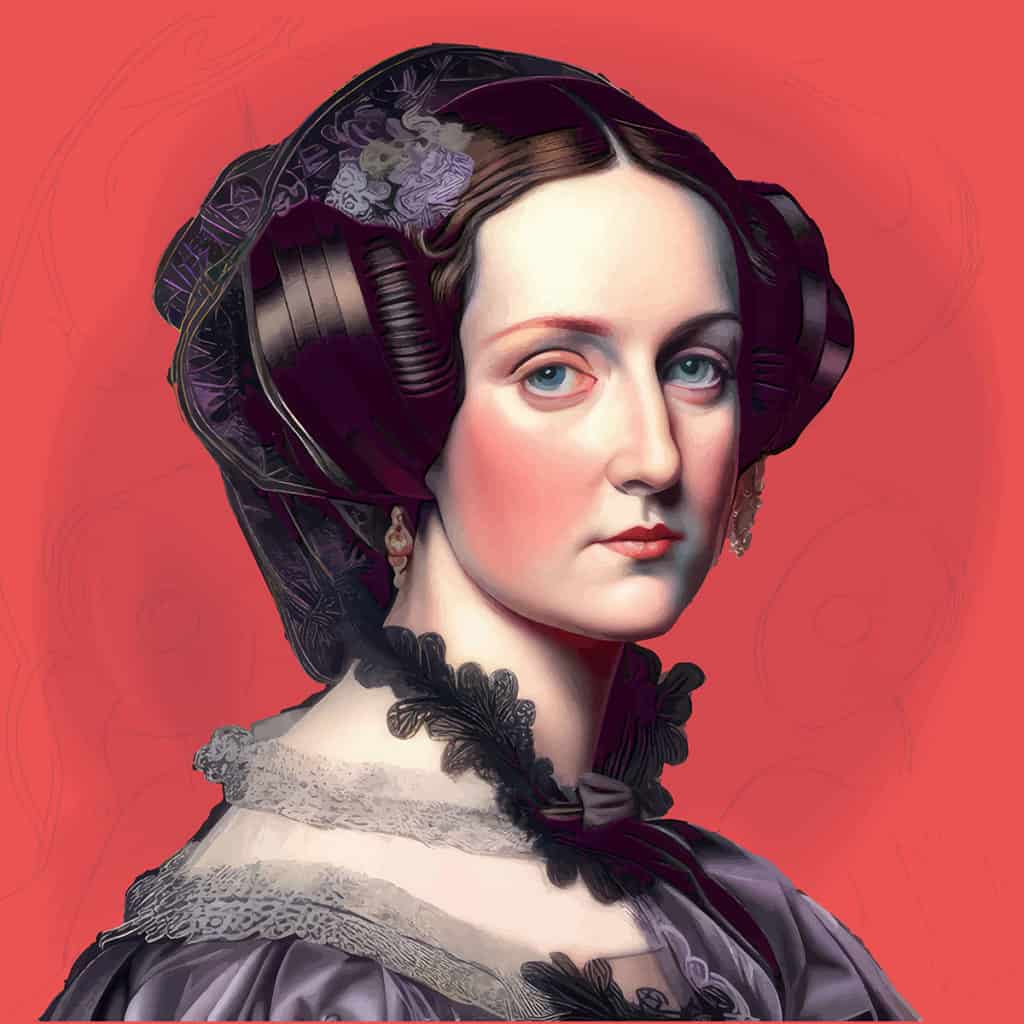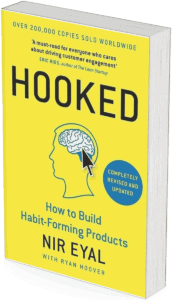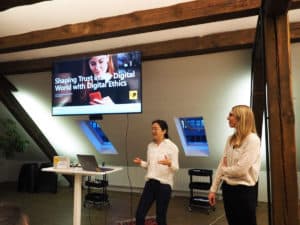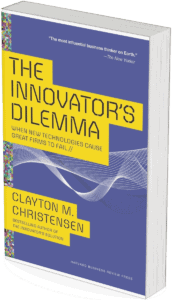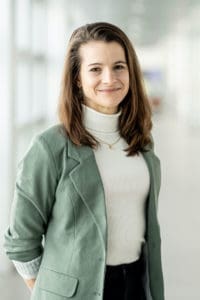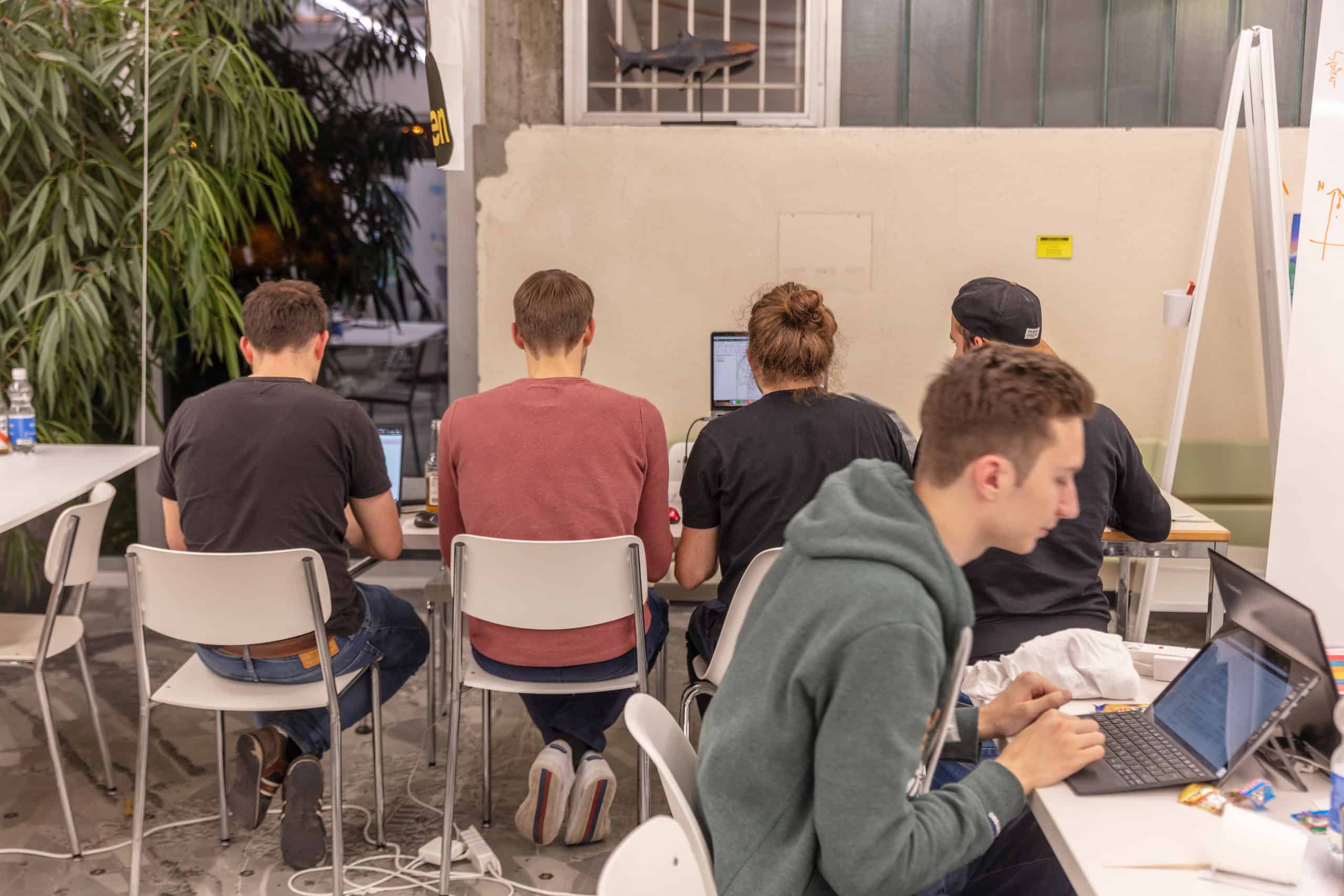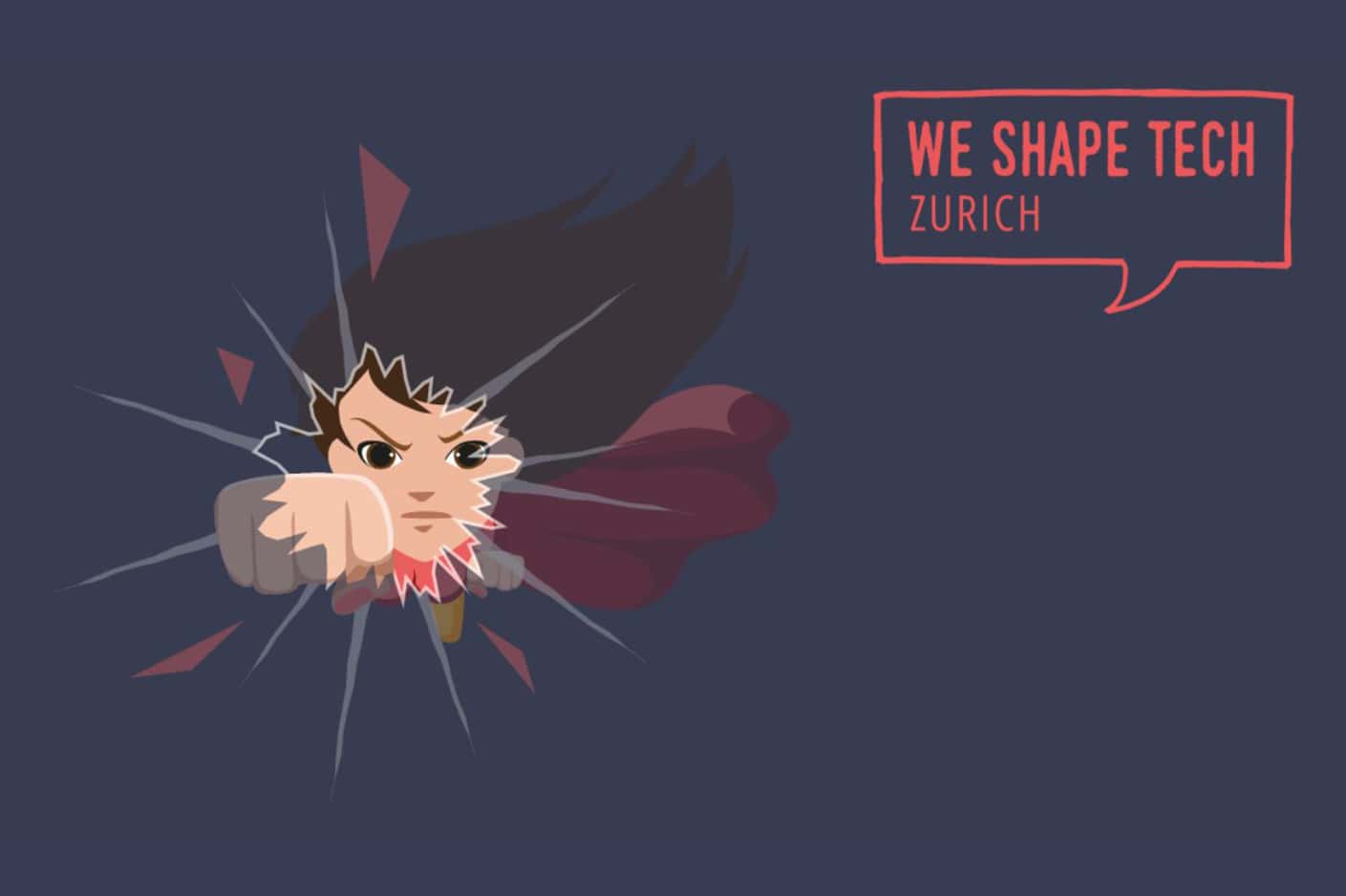The second Tuesday in October marks Ada Lovelace Day, a celebration of women’s contributions to science, technology, engineering, and mathematics – a tribute to the world’s first computer programmer. While Ada Lovelace is well-known in tech circles, we have curated a list of lesser-known facts about her. Prepare to be surprised!
1. Lord Byron was her father
While Ada Lovelace was the legitimate child of the English poet Lord George Gordon Byron, their relationship was nonexistent. The marriage between her mother, Lady Anne Isabella Milbanke Byron, and the erratic, abusive, and womanizing poet was brief and troubled. Byron left them (or rather got wife and daughter to move out) to pursue an actress shortly after Ada’s birth, and she never saw him again. He passed away at the age of 36 when Ada was just 8 years old.
2. Her mother Lady Byron was interested in STEM
Lady Byron had a significant interest in STEM, specifically in astronomy and mathematics, with Lord Byron affectionately referring to her as his ‘Princess of Parallelograms.
3. Her mother Lady Byron immersed Ada in mathematics
Lady Byron, in an uncommon move for a 19th-century English noblewoman, believed that a rigorous curriculum focused on logic and reason would help her daughter avoid her father’s romanticism and moodiness. Consequently, she crafted a mathematics and science curriculum for Ada, which began at the age of 4, to divert her from worldly concerns.
4. At the age of 12, Ada conceptualized a flying machine
At a young age, Ada Lovelace embarked on one of many journey of creativity and invention. She studied the anatomy of birds and explored various materials, leading her to envision a winged flying apparatus. In a letter to her mother, she expressed her idea: “I have got a scheme to make a thing in the form of a horse with a steam engine on the inside so contrived as to move an immense pair of wings, fixed on the outside of the horse, in such a manner as to carry it up into the air while a person sits on its back.”
5. The “father of the computer” was her mentor
At the age of 17, Ada Lovelace crossed paths with inventor and mathematician Charles Babbage. Witnessing a demonstration of a model portion of his proposed Difference Engine, an immense mathematical calculating machine, she became intrigued. Babbage, often called the ‘father of the computer,’ soon became her mentor. During her time as Babbage’s protégé, Ada undertook the task of translating an article by military engineer Luigi Menabrea, who would later become Italy’s prime minister. This article detailed Babbage’s theoretical Analytical Engine. Although neither the Difference Engine nor the Analytical Engine was ever constructed during Babbage’s or Lovelace’s lifetimes, her pioneering work with these machines remains her enduring legacy.
6. Mary Somerville was Ada’s mentor
Ada Lovelace had a significant female mentor in Mary Somerville, a Scottish astronomer and mathematician. Mary Somerville played a crucial role in the calculations contributing to the discovery of the planet Neptune and, along with Caroline Herschel, was one of the first two women to become members of the Royal Astronomical Society. It was, in fact, Mary Somerville who introduced Ada to Charles Babbage in 1833.
7. She “created” the first algorithm and computer program
Ada expanded her translation with extensive notes about the analytical engine, which were three times the length of the original paper. In 1843, these notes were published in an English journal under her initials, “A.A.L.” In Note G of her comprehensive paper, Ada detailed how the machine could be programmed with a code to calculate Bernoulli numbers. Many consider this to be the first algorithm for a machine, making it the first computer program.
8. She predicted computers’ potential beyond number crunching
Ada possessed a visionary perspective ahead of her time. While Babbage primarily envisioned his machines for numerical calculations, Ada mused about a broader future. She saw the potential for modern computers to go beyond numbers, imagining the digital transformation and manipulation of content such as music by these machines.
9. She was a musician
Ada Lovelace’s diverse talents encompassed both music and science. She worked on musical compositions based on numbers, an application which she intended for the Analytical Engine.
10. She came up with the first documented loop in computing
Lovelace came up with a method for the Analytical Engine to repeat a series of instructions – which equals the first documented loop in computing.
11. She was a gambler
Ada’s attempted to use her mathematical and analytical skills to give her the upper hand in gambling, particularly on horses. It was not a great success, despite the development of complicated mathematical schemes. Her gambling habit contributed to her dwindling finances and forced her to secretly pawn the Lovelace family’s diamonds. Rumor has it that a mysterious “book”, containing a program intended for predicting horse race outcomes, exchanged hands between Lovelace and Babbage on a weekly basis.
12. Charles Dickens read to her on her deathbed
Charles Dickens and Lovelace probably crossed paths through their mutual acquaintance, Charles Babbage, in the 1830s. The mathematician occasionally joined gatherings at the writer’s London residence. In 1852, as Lovelace battled uterine cancer, the renowned British novelist paid a visit to his bedridden friend. At Ada’s request, Dickens read a well-known scene from his popular 1848 novel “Dombey and Son”, just three months before her passing.
13. She was buried next to the father she never knew
While Ada had a distant relationship with her father, she maintained a life-long fascination with him and his works. After her death and as per her own request, she was buried in the Byron family vault inside the Church of St. Mary Magdalene in the English town of Hucknall. Her coffin was placed side-by-side with that of her father, who also passed away at the age of 36.
14. Her contributions to computing were not recognized until a century after her death
Ada’s groundbreaking contributions to science remained largely forgotten following her passing, until the year 1953. Her ideas about computing were so far ahead of their time that nearly a century passed before technology caught up with her insights. While Ada’s notes on the analytical engine garnered little attention when originally published in 1843, they received a much broader audience when included in B.V. Bowden‘s 1953 book, “Faster Than Thought: A Symposium on Digital Computing Machines”. As the field of computer science emerged in the 1950s, Lovelace experienced a resurgence in recognition in the digital age.
15. A computer programming language is named in her honor
In the 1970s, the U.S. Department of Defense started developing a high-order computer programming language to replace the numerous ones in military use at the time. In 1979, U.S. Navy Commander Jack Cooper proposed naming this new language “Ada” in homage to Ada Lovelace, a suggestion that received unanimous approval. To this day, Ada remains in widespread use globally, powering real-time systems in industries such as aviation, healthcare, transportation, finance, infrastructure, and space.
From her visionary contributions to computing to her enduring fascination with numbers and music, Ada’s story is a testament to the power of curiosity and innovation – and unconventional paths. Her pioneering spirit continues to inspire women in STEM fields worldwide. We hope you have enjoyed uncovering some lesser-known facts of her extraordinary legacy and if you would like to share how her story has inspired you or others, we would love to hear from you!
